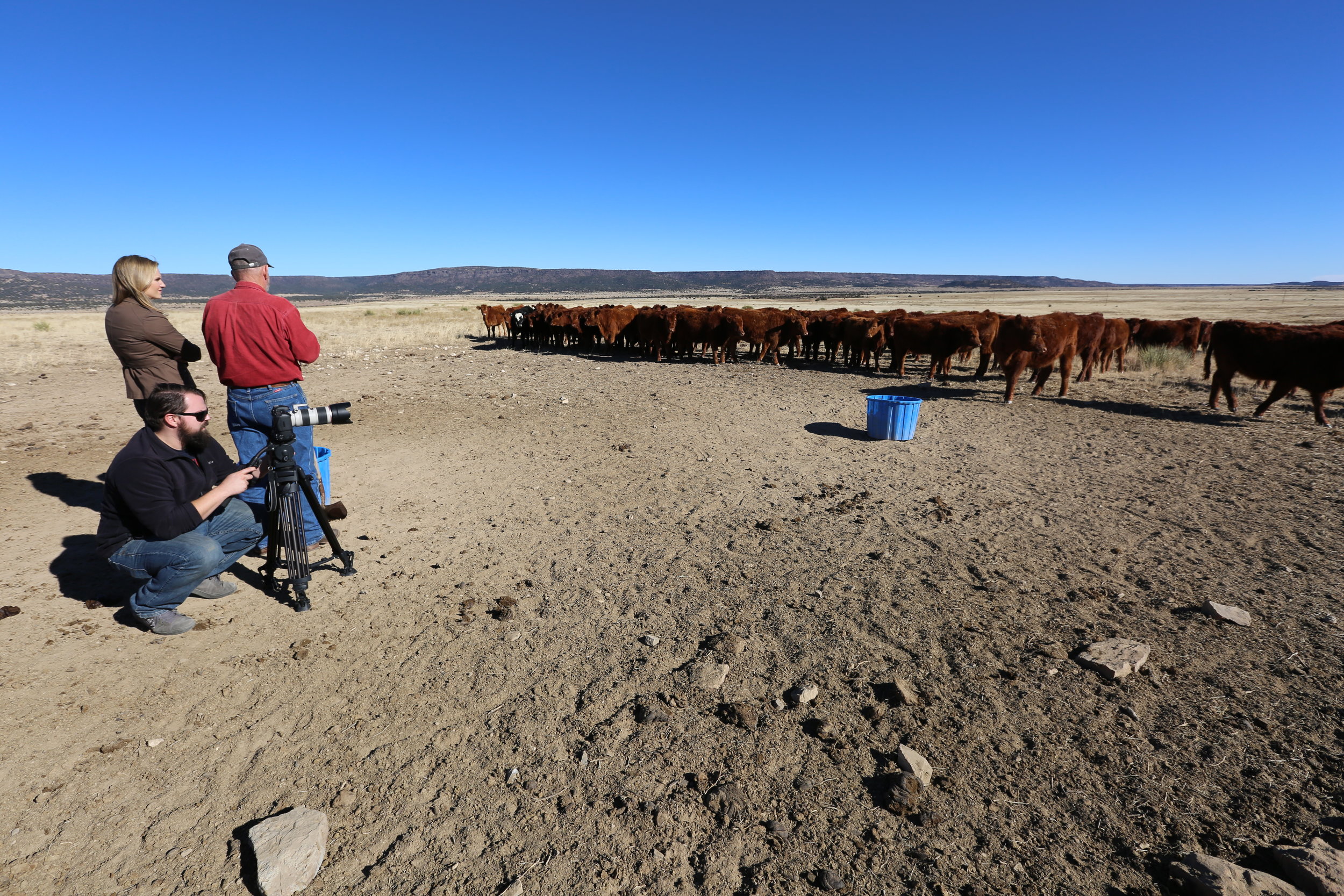As Colorado’s newspapers have reduced their reporting staffs and coverage in recent years, a growing number of nonprofit digital-only news outlets have been launched by journalists. Some new, for-profit outlets have appeared on the scene as well.
These outlets frequently produce high-quality journalism. But their long-term viability remains an open question, because many lack the business-side operations and expertise to move toward sustainability.
In July 2018, the Colorado Media Project — in partnership with the Institute for Nonprofit News (INN) — set out to learn more about the state’s local news landscape, surveying 14 independent news outlets in Colorado to gain information about their mission, coverage topics, audience, staff size, business model, and more.
Eight of the respondents are nonprofit businesses, and six are for-profit. All but two are digital natives – born online, never in print. All are financially fragile to varying degrees. In fact, as this report was being produced, Confluence Denver – a for-profit site covering “the people, ideas and innovators creating a world-class city desirable to the creative class” – ceased operations. One notable new entrant into the field – The Colorado Sun – did not participate in our survey because it was still developing its business plans in preparation for its September 2018 launch. And at the time of this report’s publication, a third outlet was grappling with an uncertain future after its single staff member announced plans to take a job opportunity at another local news outlet.
Going forward, we hope this study can be used as a benchmark to track the evolution of local, digital journalism in Colorado.
To augment this survey, the Colorado Media Project conducted a series of in-depth interviews with many of the news entrepreneurs who lead these organizations. In those conversations, several of these journalists recognized a need for help in developing revenue strategies and innovative ways of building audiences. They also indicated a strong desire for opportunities to collaborate with other digital outlets. Some of their key quotes are included in the “Analysis” section below.
This paper presents some high-level findings from the survey and interviews, followed by some observations about areas where most if not all of these organizations need to invest for long-term viability. Following that, we list Colorado digital media outlets, with a brief description of each.
The benchmark survey surfaced a number of challenges and opportunities for the emerging field of digital journalism in Colorado. The data reveals that most of these organizations need:
More start-up support: The field as a whole is very young; two-thirds of the responding organizations launched between 2015 and 2018. This younger cohort in particular would benefit from significant capacity-building in a variety of areas, especially the business side. “Just as journalists aren’t comfortable asking for money, nonprofits haven’t fully figured out how to invest in journalism,” one digital journalist said during our interviews.
More focus on revenue generation: Younger organizations often need specialized coaching and training to build teams with the professional capacity to capture diverse sources of revenues. The current low-level investment in revenue generation is potentially problematic. Digital journalists acknowledged the revenue challenges during our interviews. “It is almost impossible to build a sustainable local media business on ad revenue alone," said one. Added another: “Longer-term content sponsorships are great for funding in-depth coverage, but require a ton of bandwidth to execute.”
Diversification of partnerships to increase reach: Younger organizations may suffer from lack of visibility, as evidenced by low web traffic. Some are leveraging partnerships, often with traditional media, to increase distribution and raise visibility – but it’s risky to depend too heavily on traditional organizations that are shrinking. The fact that most outlets surveyed are publishing daily is an advantage. More collaborative reporting could also leverage the expertise of niche publications, fill in existing coverage gaps, and allow fledgling outlets to share innovation best practices, interview subjects told us.
More connection with audiences: Lack of audience targeting is a weakness across the board. While it is important to make journalism widely accessible, developing an effective brand means strategically targeting groups and making concerted efforts to connect with them. Improving newsroom staff diversity could help with this. “Journalism has traditionally been very one-way, as in here are the stories we’re telling to you. It needs to be more two-way,” one journalist acknowledged.
Increased multi-media offerings to broaden appeal: Many outlets are heavily reliant on the written word, with limited use of video and audio, including podcasts. Our research shows that audiences, particularly younger people, are drawn to multimedia news offerings.
Enhanced social media use to boost engagement: Social media is a critical tool for engaging audiences. But across Colorado’s digital media outlets, use of social media tends to be uneven and of varying quality and frequency.

